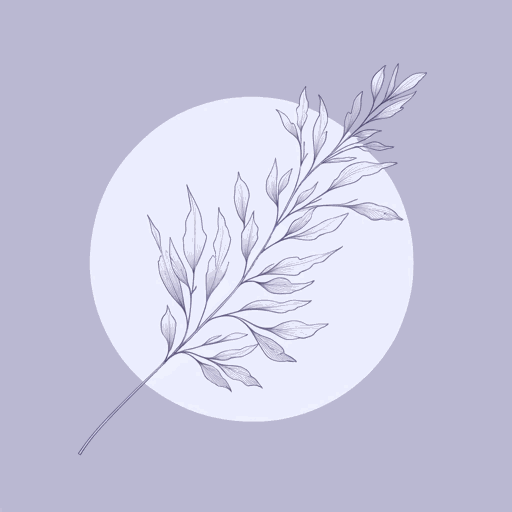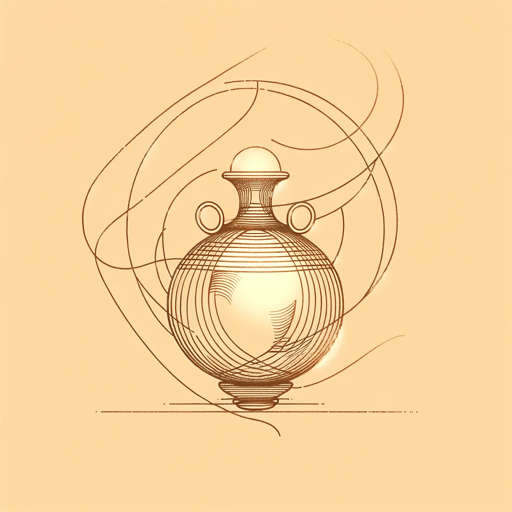48 pages • 1 hour read
HesiodTheogony
Fiction | Poem | Adult | BCEA modern alternative to SparkNotes and CliffsNotes, SuperSummary offers high-quality Study Guides with detailed chapter summaries and analysis of major themes, characters, and more. For select classroom titles, we also provide Teaching Guides with discussion and quiz questions to prompt student engagement.
Poem Analysis
Analysis: “The Theogony”
The first section of the poem (Lines 1-115) centers on the Muses, nine female divinities whose dances and songs praise the gods and inspire men to sing poetry. It is typical for ancient epics to open with an invocation of the Muses, but Hesiod’s one-on-one encounter with the goddesses on Mount Helikon is unusual and of great literary significance. It is the first surviving account of the initiation—or invention—of a poet. While Hesiod was previously a “hillbill[y],” a poor excuse for a shepherd (Line 27), the Muses breathe into him “a voice divine” (Line 33), transforming Hesiod from country bumpkin to eloquent artist. The resonance of this image—gods filling an artist’s lungs with divine power—is reflected in the English word “inspiration.” Derived from the Latin words in and spirare, a person who is “inspired” is, quite literally, “breathed into” by the gods. This stock scene of Hesiod’s life-changing encounter with the Muses would be much-imitated in antiquity and beyond.
After these lengthy preliminaries, Hesiod moves into the Theogony proper. In the beginning, he says, there was only one supernatural entity: “Chaos” (Line 116). While the English word carries connotations of disorder and strife, the Greek word just means “gap” or “chasm.


